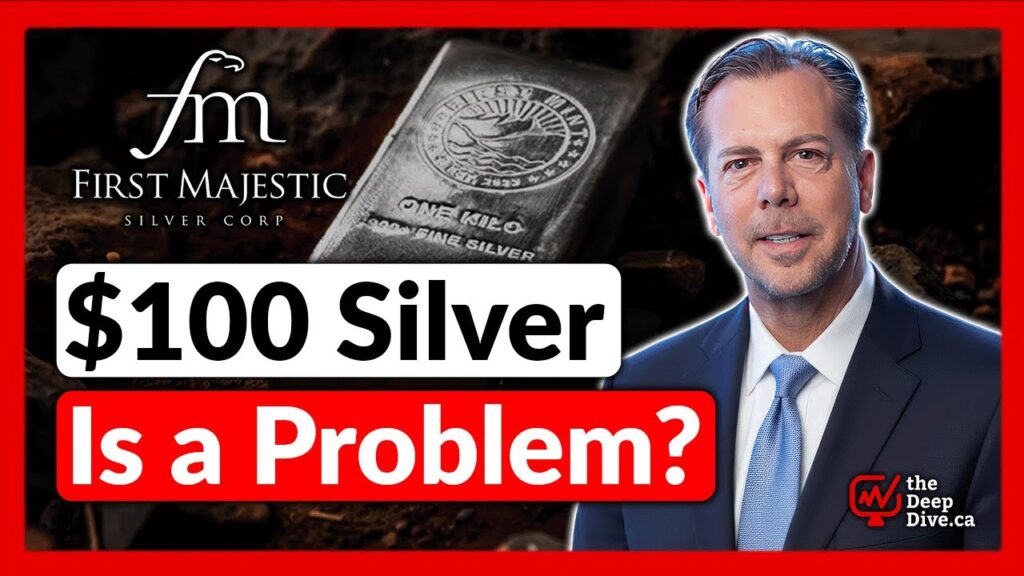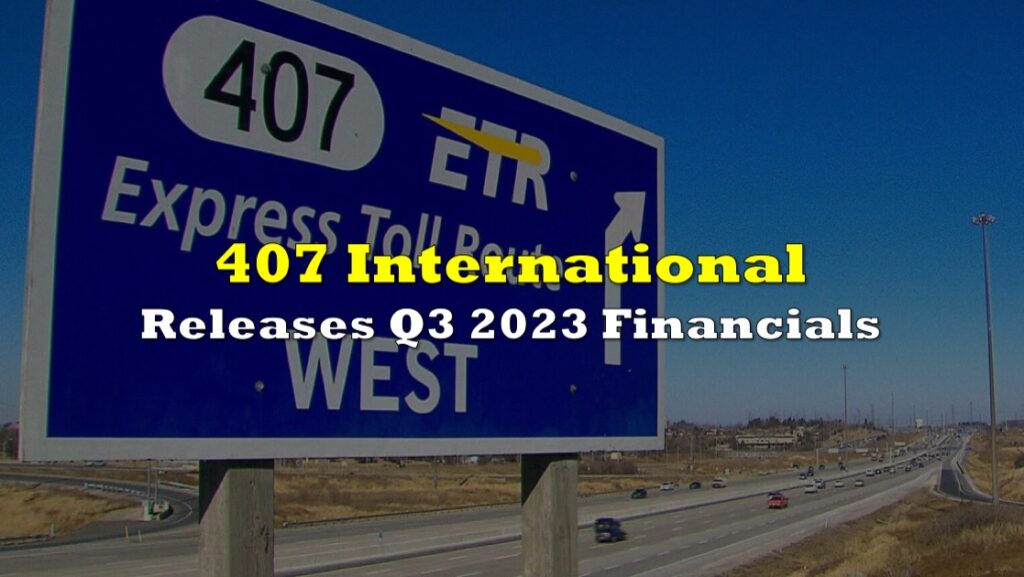Ontario Premier Doug Ford recently announced that the provincial government is considering buying back Highway 407, a tolled highway running across the Greater Toronto Area. This move follows mounting frustrations over high toll rates and traffic congestion across Toronto’s road network.
The proposal, however, comes at a time when the highway’s profitability has soared to new heights, raising questions about the financial implications of such a buy-back.
The Highway 407, a privatized toll road, has been a subject of controversy since its sale by the Progressive Conservative government led by Mike Harris in 1999. Originally sold for $3.1 billion to a private consortium comprising of SNC-Lavalin, Quebec’s provincial pension fund, and the Spanish company Ferrovial, the highway has since proven to be an exceptionally lucrative asset.
Highway 407’s profitability has grown dramatically over the years. The toll road, now managed by 407 International Inc., reported revenues of $1.495 billion and a net income of $567.3 million in 2023, up by 13% and 30%, respectively, from the previous year. The highway’s EBITDA was even more striking, reaching $1.283 billion, representing a 13% increase over 2022. The number of trips on the highway also rose, with vehicle kilometers traveled increasing by 15% over the year.
“We’re encouraged by the strong financial results we achieved in 2023,” said Javier Tamargo, President & CEO of 407 ETR, “and proud of the significant progress we’ve made to further our efforts in corporate citizenship and environmental, social and governance.”
if it happens
— Infinitus Capital (@InfinitusCap) October 2, 2024
Doug pulled a brilliant move
$100 billion to $200 billion to build an unrealistic tunnel under Canada's busiest highway
or
$10-ish billion to purchase the 407?
And deal is done in weeks
✅ pic.twitter.com/ksX792wLY2
Buy-Back Idea
Ford’s proposal to buy back the highway comes against this backdrop of financial growth, prompting many to wonder whether the province would be paying a significantly inflated price to reclaim the asset. Experts have speculated that the value of the highway could be in the range of $40 billion or more, with some pegging the enterprise value even higher when considering the current debt attached to the highway.
The Canada Pension Plan Investment Board (CPPIB) currently owns 50.01% of 407 ETR. The province itself owns a small portion — a 22-kilometer stretch on the eastern side of the highway, which charges significantly lower toll rates than the privately-owned section. As for the remaining stakes, 43.23% is held by Cintra Global S.E., a subsidiary of Ferrovial S.A., and 6.76% by AtkinsRéalis Group Inc., formerly known as SNC-Lavalin, which plans to sell its share by 2027.
Given the current ownership structure, Ford’s intention to explore a buy-back of the 407 would require negotiating with multiple parties, including the CPPIB, Cintra, and AtkinsRéalis. The idea of reclaiming this crucial transport artery reflects a political balancing act between public utility and private profit, especially since the highway’s value has grown exponentially since its sale.
“Try $40 billion+ to buy back the 407,” noted one X user, @BullishBearz, in response to news of Ford’s considerations. “The government at the time sold it for a 99-year lease, the second bidder was for 30 years. How much more did they get for the additional 69 years? $100 million. What a disaster.”
A $60 Billion Alternative?
Ford’s buy-back considerations coincide with another contentious proposal — a $60 billion tunnel under Highway 401, which is currently the busiest highway in North America. Ford announced a feasibility study last week for the expressway tunnel, suggesting it as a means to alleviate traffic congestion in the GTA. This vision, however, has been met with skepticism from both traffic and tunnel experts.
Tunnel engineer Brian Garrod, who has worked on major subway tunnels in Toronto over the past three decades, compared Ford’s tunnel concept to the State Route 99 Tunnel in Seattle, which cost around US $3.3 billion for just 3.2 kilometers of road.
Using this as a baseline, Garrod estimated a cost of around $1 billion per kilometer for any potential tunnel under Highway 401 in Canada, bringing Ford’s proposal to at least $60 billion — a figure that could easily double if the tunnel were to replicate the 401’s maximum of 18 lanes.
The sheer scale and complexity of the proposed tunnel, along with its potential to disrupt existing traffic, raise doubts about its feasibility. Traffic experts, like Baher Abdulhai of the University of Toronto, argue that building more highway capacity could exacerbate the congestion issue through “induced demand,” where additional lanes prompt more car use rather than alleviating traffic.
“Expanding highway capacity in this way means drivers who may now avoid the highway at peak times or entirely will jump behind the wheel and clog up any new lanes,” Abdulhai said. “It’s cementing people in cars, so it’s not sustainable.”
The sale of the 407 is regarded by many as one of the worst financial decisions in Ontario’s history. Premier Mike Harris’s administration sold the highway on a 99-year lease, with the belief that privatizing this vital infrastructure would not only help balance the provincial budget but would also improve efficiency.
However, the lack of safeguards against future toll hikes and the long duration of the lease has drawn significant criticism. After privatization, tolls on the highway increased by over 300% in the first 15 years, contrary to the government’s assurances at the time that the increase would not exceed 30% over 15 years.
The buy-back of the highway would be a financially and politically fraught endeavor. The Ontario government would likely have to pay an enormous sum to reacquire a highway it once sold for a fraction of its current worth. In 2019, the CPPIB purchased a 10% stake of the highway for $3.25 billion, implying that the total equity value of the 407 could be around $32.5 billion. Adding the debt attached to the highway, the enterprise value of the 407 could be pegged at over $41 billion.
“Back in 2019, CPP bought a 10% stake for $3.25 billion,” noted a financial commentator on X, highlighting the significant appreciation in value since the original sale.
Information for this briefing was found via The Globe And Mail and the sources and companies mentioned. The author has no securities or affiliations related to the organizations discussed. Not a recommendation to buy or sell. Always do additional research and consult a professional before purchasing a security. The author holds no licenses.





